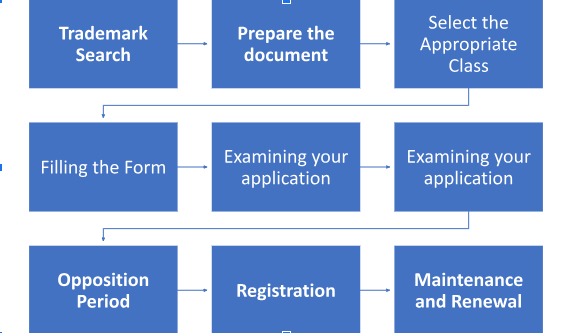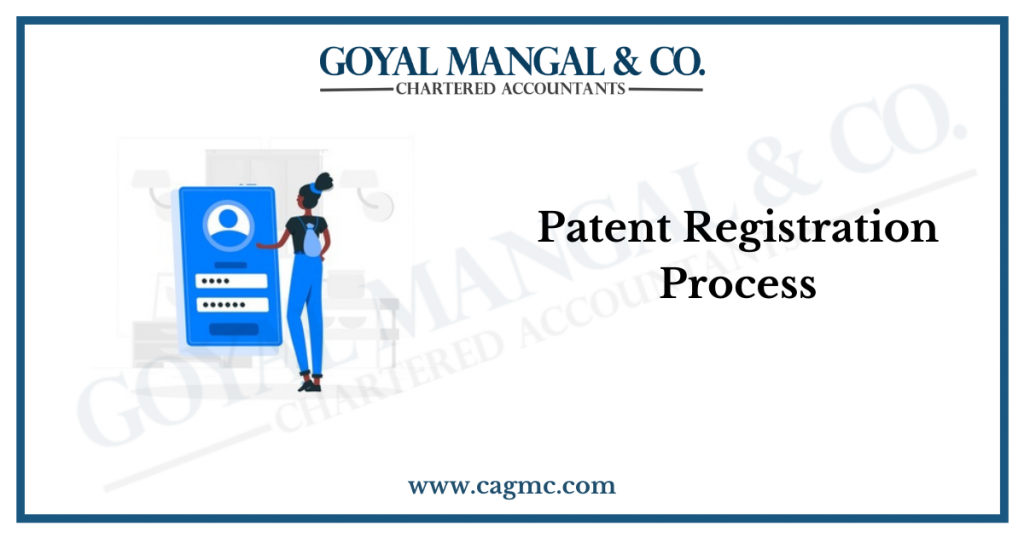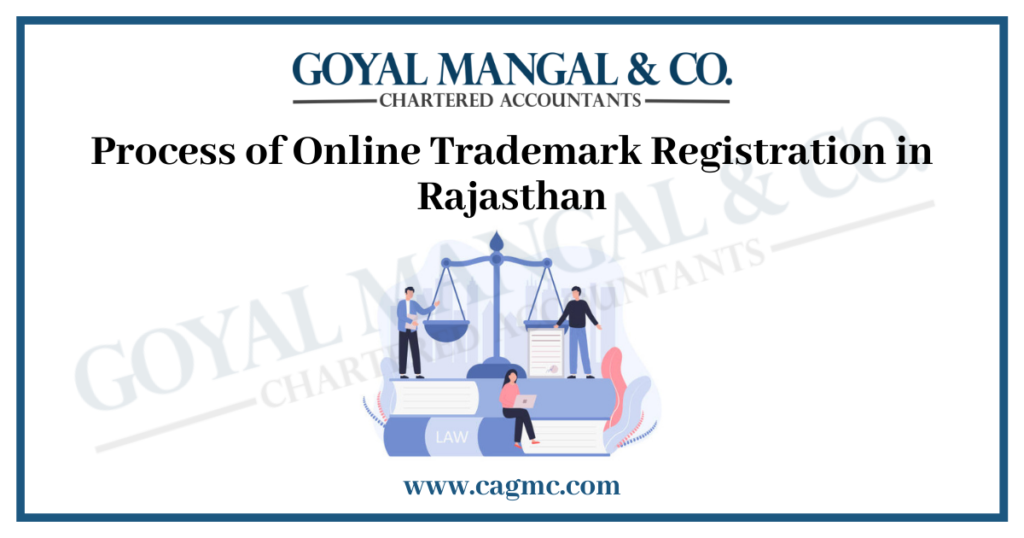
The Indian Partnership Act of 1932 prescribes the law governing partnership firms in India. This Act specifies the rights and duties of the partners among themselves, as well as the many legal relationships that occur as a result of the formation of a partnership between partners and third parties. The Trademark Registry is the regulating organization that creates and implements all trademark law laws and regulations. The Trademark Registry registers the same and issues a Trademark registration certificate after all requirements have been met and such trademark for partnership firm are registered under the Trademark Act, 1999. Such registration can be valid for a period of ten years and can be extended for another ten years. Furthermore, trademark renewal can be done indefinitely.
What is a Partnership firm?
A contract between the partners establishes the partnership firm. A partnership deed is the contract between the partners that governs the relationship between the partners as well as the partnership firm. A partnership firm is a business arrangement in which two or more individuals or organizations pool their resources and expertise to jointly run a business. Profits, losses, and management duties are shared among partners. It’s a versatile corporate structure, commonly found in law companies, medical clinics, and small businesses like “Smith & Partners.”
Why registration of trademark is so important for partnership firms?
- Security: Provides legal safeguards against unlawful usage.
- Brand Identification: Creates a unique brand identity.
- Asset worth: Increases the market value of a potential investment or sale.
- Enforcement: Provides for legal action against infringers.
- Global Reach: Allows for smoother expansion into international markets.
Who Is Entitled to File a Trademark Application?
Trademark applications must be filed for specified goods or services within the relevant trademark class, and the applicant must have a genuine intent to use the brand in commerce. Consultation with a trademark attorney or specialist can assist in ensuring that the application procedure is completed accurately and efficiently. To know more about same please visit https://www.cagmc.com/. According to Indian Law following can file a trademark application :-
- A company’s joint owners
- Single-person businesses
- Partnership corporations
- Partnerships with limited liability
- Public companies with limited liability or private limited companies
- Trusts and societies
- Individuals
Types of Trademarks that can be registered for Partnership firm
There are various Trademark that can be registered such as:
- Word Mark– ‘Word Mark’ is the most common trademark registered in India. These trademarks are used to distinguish one company’s product or service from another. It aids in the recognition of the Brand’s name.
- Service mark– The firm uses these trademarks to distinguish its services from others. It aids in the representation of a service and falls within Trademark class 35-45. McDonald’s, for example, has a service mark because the corporation provides food and restaurant services.
- Collective mark– These trademarks are not associated with a specific product or service, but rather with a group of people. This form of trademark is used by businesses to identify themselves as one. For example, a Company Secretary can use ‘CS’ to indicate that he or she is an ICSI registered member.
- Certification mark– The usage of this logo, known as the Certification mark, indicates specific quality criteria. This mark assures the public that the company’s specific goods and services meet accurate and relevant standards. The FSSAI mark, for example, protects the quality of food goods.
- Shape mark– Some businesses that have a distinctive shape of their items or packaging may trademark their product’s shape. However, such a product must have a distinguishing feature. For example, any three-dimensional or one-of-a-kind shape of a soft drink container,
- Pattern mark– Such items or services that have a distinct and distinguishable pattern for identification may register their pattern as a pattern mark. It can only be registered if the pattern can distinguish itself from other brands.
- Sound Mark– Nowadays, sound in advertising plays a vital function in engaging consumers and assisting them in readily identifying the goods through this advertisement. As a result, the sound might be registered as a sound mark. For example, a Nokia Mobile ringtone.
Process of trademark registration
Registration a partnership firm involves specific processes, while trademark registration fees for partnership firms vary based on the chosen trademark classes and jurisdictions. Typically, the trademark registration of a partnership firm procedure consists of multiple steps:

- Trademark Search: Conduct a thorough trademark search to check that your proposed trademark is distinctive and has not already been registered. This aids in the avoidance of potential confrontations.
- Prepare the document : Prepare the required documentation, including a description of the trademark, its intended use, and a list of the goods or services it will represent.
- Select the Appropriate Class: Determine the correct class of goods or services to which your trademark belongs. There are various classes to choose from, and picking the appropriate one is critical.
- Filling the Form: Submit your trademark application for registration to the appropriate government agency or any registered trademark office. This is usually done online or through a paper application form.
- Examining your application: The trademark office will review it to ensure that it meets all standards and does not clash with any existing trademarks. They may issue office actions or clarification requests.
- Approval: If the trademark office approves your application, it will be published in an official gazette or trademark journal to allow for third-party opposition.
- Opposition Period: Other parties may oppose your trademark registration during this period (which varies by jurisdiction) if they believe it infringes on their rights.
- Registration: If no oppositions are submitted or if the oppositions are unsuccessful, your trademark is registered and you are issued a registration certificate.
- Maintenance and Renewal: To keep your trademark registration active, renew it at least every ten years. In addition, keep an eye on and protect your trademark from infringement.
Documents Required for trademark registration of a partnership firm
Following are the documents required for trademark registration:-
- Signed authorization Form-48 Udyog Aadhar registration certificate, if you require lower registration fees
- Partnership agreement
- Proof of the signatory’s identity and address
- Copy of the logo
Conclusion
Finally, registering a trademark for your partnership firm is an important step toward protecting your brand’s identity and ensuring its long-term success. A registered trademark gives legal protection, allowing you to better defend your brand against breach. It improves brand awareness, builds customer trust, and adds tangible value to your organization. Furthermore, it opens the door to prospective investments, sales, and international expansion. While the registration procedure may entail several steps and considerations, the benefits of trademark registration are significant, making it a sensible investment for any partnership organization trying to succeed in a competitive business world.


